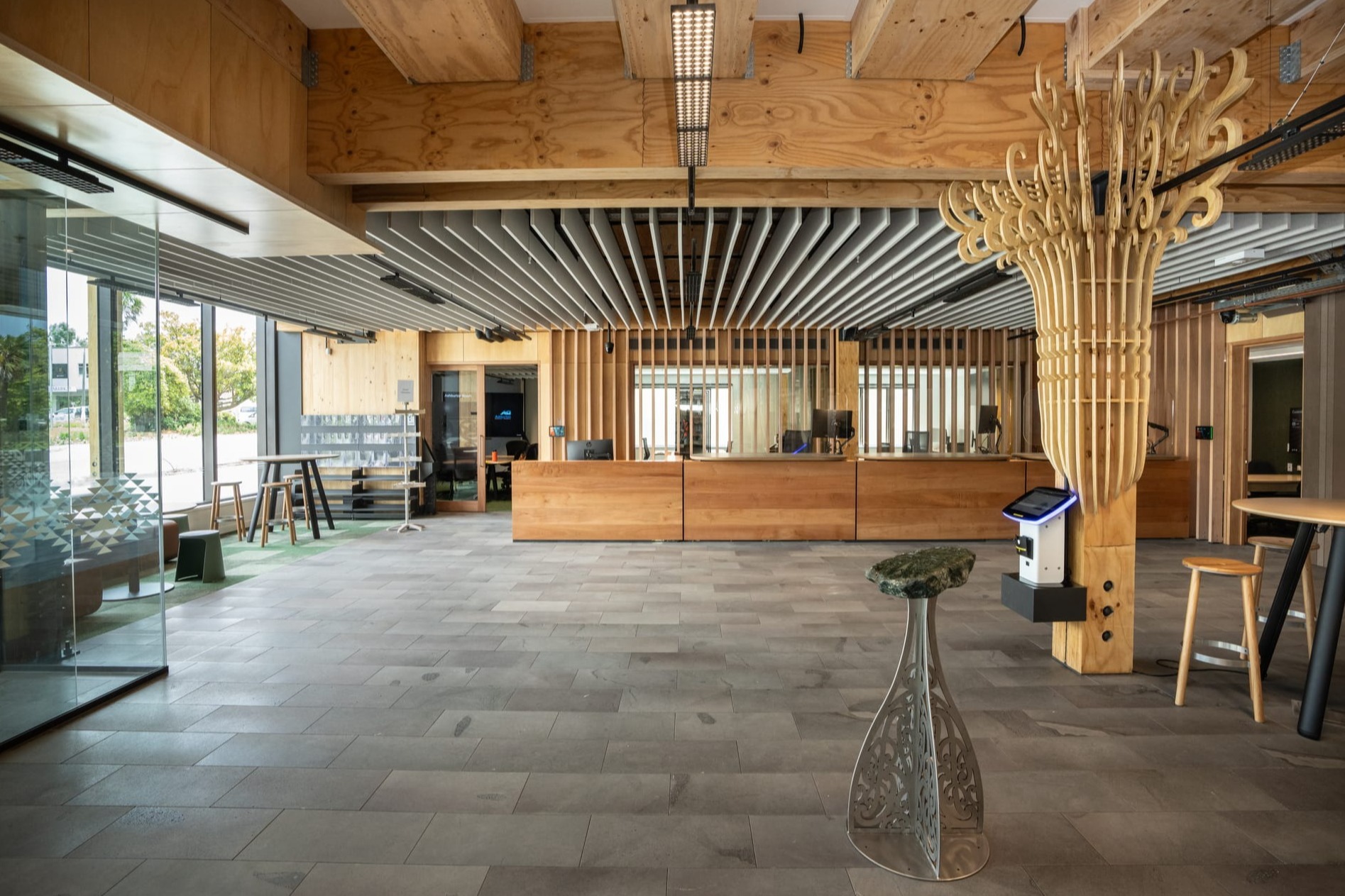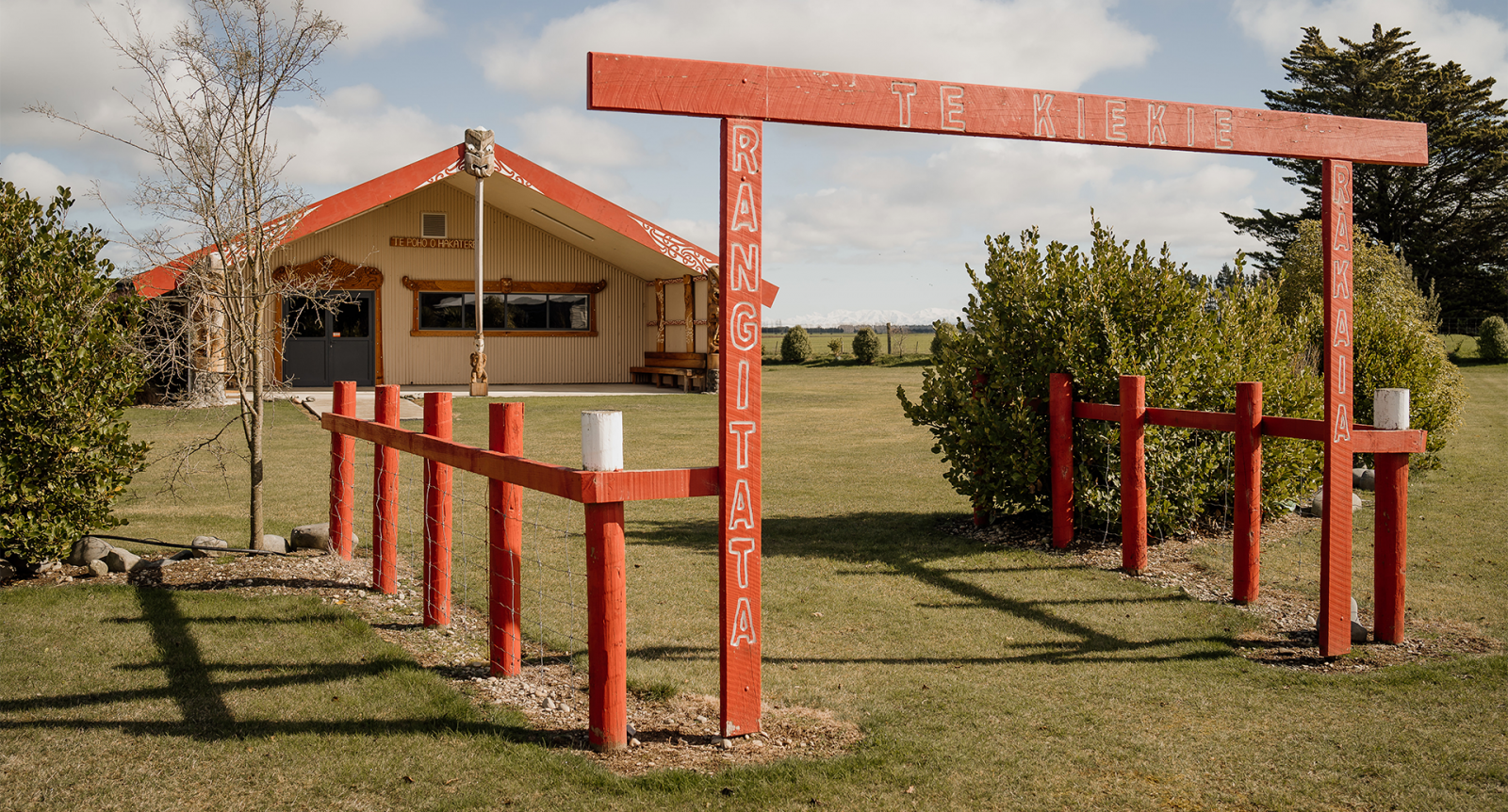Iwi Relationships
Ngāi Tahu has a unique relationship with Council as partners through Te Tiriti o Waitangi (the Treaty of Waitangi) and supporting legislation. Council is committed to meeting our obligations under Te Tiriti and other legislation, and ensuring that engagement is meaningful and leads to positive outcomes for Māori.
The Local Government Act 2002 provides principles and requirements for local authorities that intends to recognise and respect the Crown’s responsibility to take appropriate account of the principles of the Treaty of Waitangi, and to maintain and improve opportunities for Māori to participate in decision-making processes. While the LGA relates to all Māori, it is recognized that within the Canterbury region, Ngāi Tahu are the tangata whenua. Ashburton District falls within the rohe of Ngāi Tahu papatipu rūnanga – Te Rūnanga o Arowhenua, Te Ngāi Tūāhuriri Rūnanga and Te Taumutu Rūnanga.
In addition to the Local Government Act obligations, the Ngāi Tahu Claims Settlement Act 1998 includes confirmation of the ability for Ngāi Tahu to express its traditional kaitiaki relationship with the environment.
The Resource Management Act 1991 (RMA) recognises Ngāi Tahu interests in ancestral lands, water sites, wāhi tapu, flora and fauna, and other taonga as matters of national importance. The RMA also requires the Council to have particular regard to kaitiakitanga and iwi environmental management plans and to take into account the principles of Te Tiriti. The RMA further recognises Māori interests in natural and physical resources, and contains specific requirements for consulting and working with tangata whenua.
Council recognises Aoraki Environmental Consultancy (AEC) as the assigned organisation for Arowhenua Rūnaka, for matters relating to the natural environment. Council will engage with AEC in the first instance.
On matters of social wellbeing, the Council also engages with the Hakatere Marae Komiti which is the governing organisation for the maata waka marae located north of the Ashburton town.
Council is committed to having a successful and enduring partnership with Manawhenua as we know that it is important to seek the expertise and wisdom of those with inherited kaitiaki responsibilities and mātauranga.
He honoka motuhake tō te iwi o Kāi Tahu ki te Kaunihera hei haumi i ruka i Te Tiriti o Waitangi me ōhona whakaturetaka. E oati nei te Kaunihera ki te whakatinana i ā mātou kaweka i raro i Te Tiriti me ōhona whakaturetaka, kia whai take anō te mahi tahi hai paika mō te Māori.
Kai roto i Te Ture Kāwanatanga ā-Rohe 2002 kā mātāpono me kā hereka mā kā kāwanataka ārohe e aro ana ki te whakatinana ki te whakaute hoki i te haepapa ki te Karauna ki te whaiwhakaaro ki kā mātāpono o Te Tiriti o Waitangi, ki te tiaki, ki te whakapakari anō i kā āheitaka e whai wāhi ai te Māori ki kā tukaka whakatau whakaaro. Ahakoa ko te aroka matua o te Ture Kāwanatanga ā-Rohe ko te iwi Māori whānui, kai te takiwā o Waitaha, ko Kāi Tahu ake te takata whenua. Kai te noho te takiwā o Hakatere i te rohe o ēnei papatipu rūnaka o Kāi Tahu – Te Rūnanga o Arowhenua, ko Te Ngāi Tūāhuriri Rūnanga, ko Te Taumutu Rūnanga anō hoki.
Hai āpititaka ki kā hereka i raro i Te Ture Kāwanatanga ā-Rohe, kai roto i Te Ture Whakatau Kerēme a Ngāi Tahu 1998 he whakapūmautaka o tō Kāi Tahu āheika ki te whakatinana i ōhona honoka tuku iho hai kaitiaki o te taiao.
I raro i Te Ture mō te Whakahaere Rawa 1991 (RMA) ka whai takeka a Kāi Tahu ki kā wāhi tīpuna, kā wai, kā wāhi tapu, kā tipu me kā kararehe, kā taoka atu anō, ka noho aua pāka hai take whakahirahira ki te motu. E tohu hoki ana te RMA kia whai whakaaro nui te Kaunihera ki te kaitiakitaka, ki kā mahere ā-iwi mō te whakahaere taiao, arā ki kā mātāpono o Te Tiriti. Ka aro hoki te RMA ki tā te Māori whai takeka ki kā rawa ōkiko, ki kā rawa taiao, nā, he whakariteka motuhake mō te kōrero tahi me te mahi tahi ki te takata whenua.
Te Whare Whakatere - Cultural Narrative Art
The cultural art package that adorns Te Whare Whakatere – The Ashburton Library and Civic Centre building is the work of master carver and renowned artist Fayne Robinson (Kāi Tahu, Ngāti Apa ki te Rā Tō, Ngāti Porou). Fayne’s work can be found throughout the Centre, with the various design elements both inside and outside working seamlessly to draw together the overarching concepts of Te Taiao (the environment), Tākata (people) and Tūhonoka (connection).

Many of the Hakatere / Ashburton district’s unique natural features; the braided river systems, the plains, wetlands, native flora and fauna are reflected in intricate Māori designs seen in both the traditional and contemporary mediums utilised. The focus on the region’s environmental markers speaks to the area’s long and uninterrupted occupation and the inherent ability of the whenua to sustain and nurture the people living upon it.
Woven throughout the artworks are themes of travel and transition; the flow of the braided rivers from the mountains to the sea, the network of traditional Māori trails and pathways that traversed the whenua, as well as themes of settlement, growth and potential as depicted through ancient rock art, pūrākau (Māori narratives) and representations of young tī kōuka trees.
This art package celebrates the connection between tākata (people) and whenua (land), acknowledging the land’s ability to sustain us and emphasising the undeniable responsibilities and obligations to the whenua of those who live in the area today.
